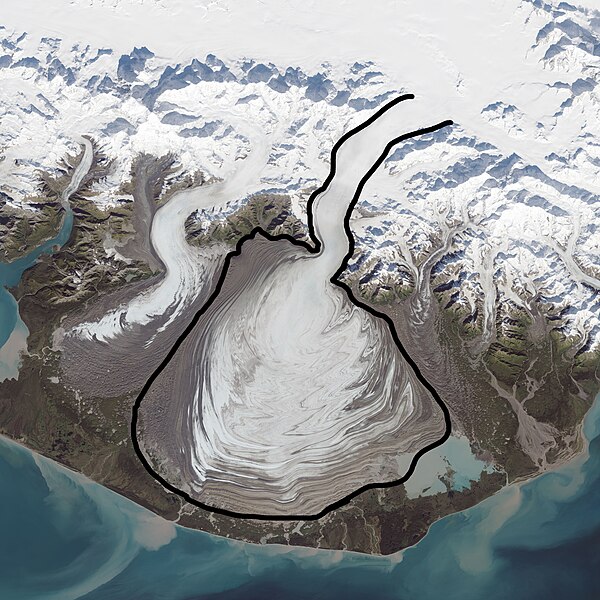File:Malaspina Glacier, Alaska (boundary).jpg

Original file (6,000 × 6,000 pixels, file size: 11.5 MB, MIME type: image/jpeg)
Captions
Captions
Summary edit
| DescriptionMalaspina Glacier, Alaska (boundary).jpg |
English: ==Summary==
|
||||||||
| Date | |||||||||
| Source | Own work | ||||||||
| Author | Nwbeeson |
Licensing edit
- You are free:
- to share – to copy, distribute and transmit the work
- to remix – to adapt the work
- Under the following conditions:
- attribution – You must give appropriate credit, provide a link to the license, and indicate if changes were made. You may do so in any reasonable manner, but not in any way that suggests the licensor endorses you or your use.
File history
Click on a date/time to view the file as it appeared at that time.
| Date/Time | Thumbnail | Dimensions | User | Comment | |
|---|---|---|---|---|---|
| current | 21:44, 27 February 2024 |  | 6,000 × 6,000 (11.5 MB) | Nwbeeson (talk | contribs) | Uploaded own work with UploadWizard |
You cannot overwrite this file.
File usage on Commons
There are no pages that use this file.
File usage on other wikis
The following other wikis use this file:
- Usage on en.wikipedia.org
Metadata
This file contains additional information such as Exif metadata which may have been added by the digital camera, scanner, or software program used to create or digitize it. If the file has been modified from its original state, some details such as the timestamp may not fully reflect those of the original file. The timestamp is only as accurate as the clock in the camera, and it may be completely wrong.
| Orientation | Normal |
|---|---|
| Horizontal resolution | 72 dpi |
| Vertical resolution | 72 dpi |
| Software used | Adobe Photoshop 23.3 (Windows) |
| File change date and time | 16:29, 27 February 2024 |
| Color space | Uncalibrated |
| Date and time of digitizing | 11:29, 27 February 2024 |
| Date metadata was last modified | 11:29, 27 February 2024 |
| Unique ID of original document | xmp.did:b2ae9cac-03d4-6c44-93d6-05ac55e30d62 |